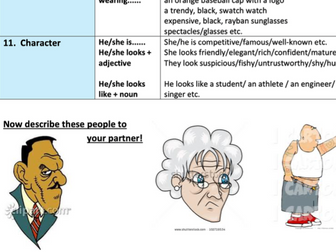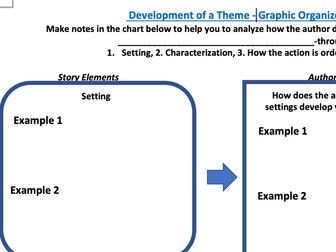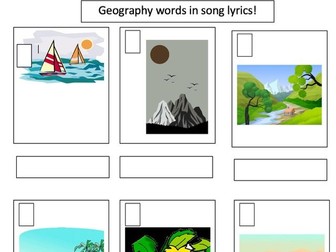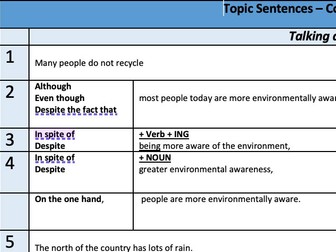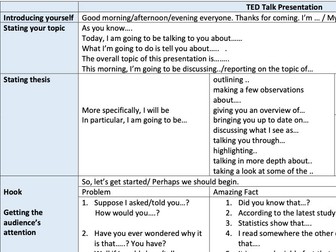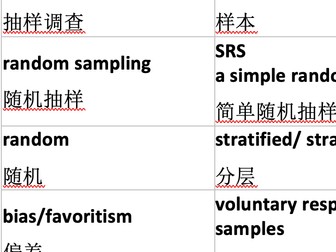Persuasive Writing - Mentor Text - Describing a Place for a Travel Brochure with PEER ASSESSMENT
<p>Use this specially created text to model the style and vocabulary required for selling a tourist destination in a holiday brochure. It is deliberately (a little!) OTT in order for the students to have fun and to inspire them to be bold with their own descriptions - to experiment and have fun. You could have a competition - who can sell their holiday destination by being the MOST persuasive?</p>
<p>Lots of vocabulary exercises to demonstrate COLLOCATIONs and ADJECTIVES.</p>
<p>I would get them to write their first drafts on paper and then when checked to type them up and add pictures to their ‘brochures’ . Then give out the texts and get them to peer assess each others writing using the table.</p>

